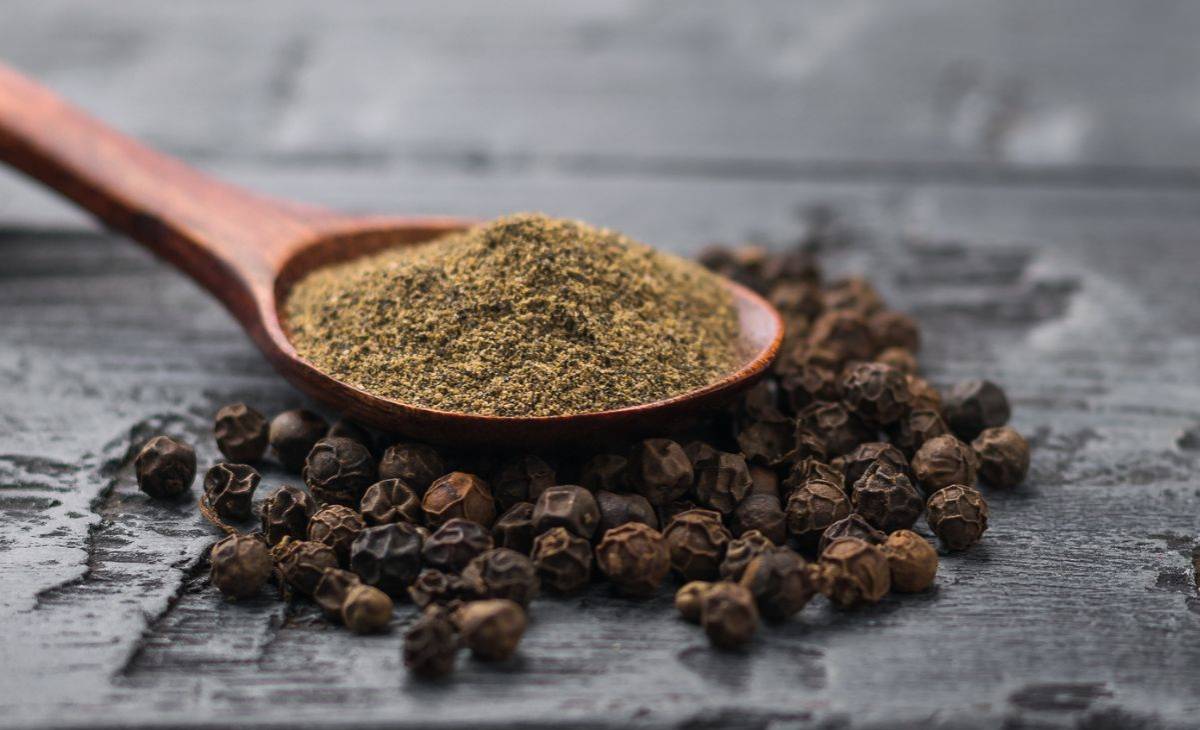Food fraud: a method to recognize the authenticity of black pepper
A group of researchers from the Experimental Chemistry Laboratory of the Istituto Zooprofilattico Sperimentale delle Venezie (IZSVe), in collaboration with leading companies in the food sector and in the global supply of spices, has recently developed, validated, and implemented a method to acquire the black pepper fingerprint using near-infrared (NIR) spectroscopy.
Pepper is a food highly susceptible to adulteration, second only to oregano in the number of potentially adulterated samples. This vulnerability is due to a complex supply chain and to the fact that it is increasingly marketed in ground form.
The easiest and most frequent fraud consists in adding waste by-products of the plant (which have no aromatic properties). The adulteration (intentional or accidental) can occur at any stage of the supply chain.
Intentional adulterations are mainly done for financial advantage (Economic Motivated Adulterations, EMA), however, they can be a danger to the health of consumers, especially for those with food allergies.
The method to detect pepper fraud developed by the researchers of IZSVe uses a non-destructive technique that creates a spectroscopic profile which reflects the chemical characteristics of the sample under examination. The method has been validated with sets of independent samples, tested with different operators and with proficiency tests.
The results can be read in a simple and intuitive way via an app that performs a statistical analysis (based on the Least Absolute Shrinkage and Selection Operator algorithm, LASSO) of the spectroscopic fingerprint of each pepper sample analyzed. The app works with an easy-to-read traffic light system, giving the operator a probability of adulteration (red) or authenticity (green) of the pepper.
This method was developed using hundreds of ground pepper samples.The dataset included genuine samples from Brazil, Vietnam, Cambodia, Madagascar, Costa Rica, Ecuador, Sri Lanka and Indonesia, and samples adulterated with papaya seeds, talc, aniseed, lentils, sesame seeds, cornmeal, red kidney beans, rice flour, and part of waste from the plant itself.
This analytical method was capable of identifying adulterations of ground black pepper between 5 and 35%.
The Experimental Chemistry Laboratory of IZSVe has already used this technique in the past, finding important applications in the field of traceability of extra virgin olive oil and in the analysis of food products to generate nutritional labels in the manufacturers self-monitoring sector.
Source:
https://www.sciencedirect.com/science/article/abs/pii/S0956713522006703






















